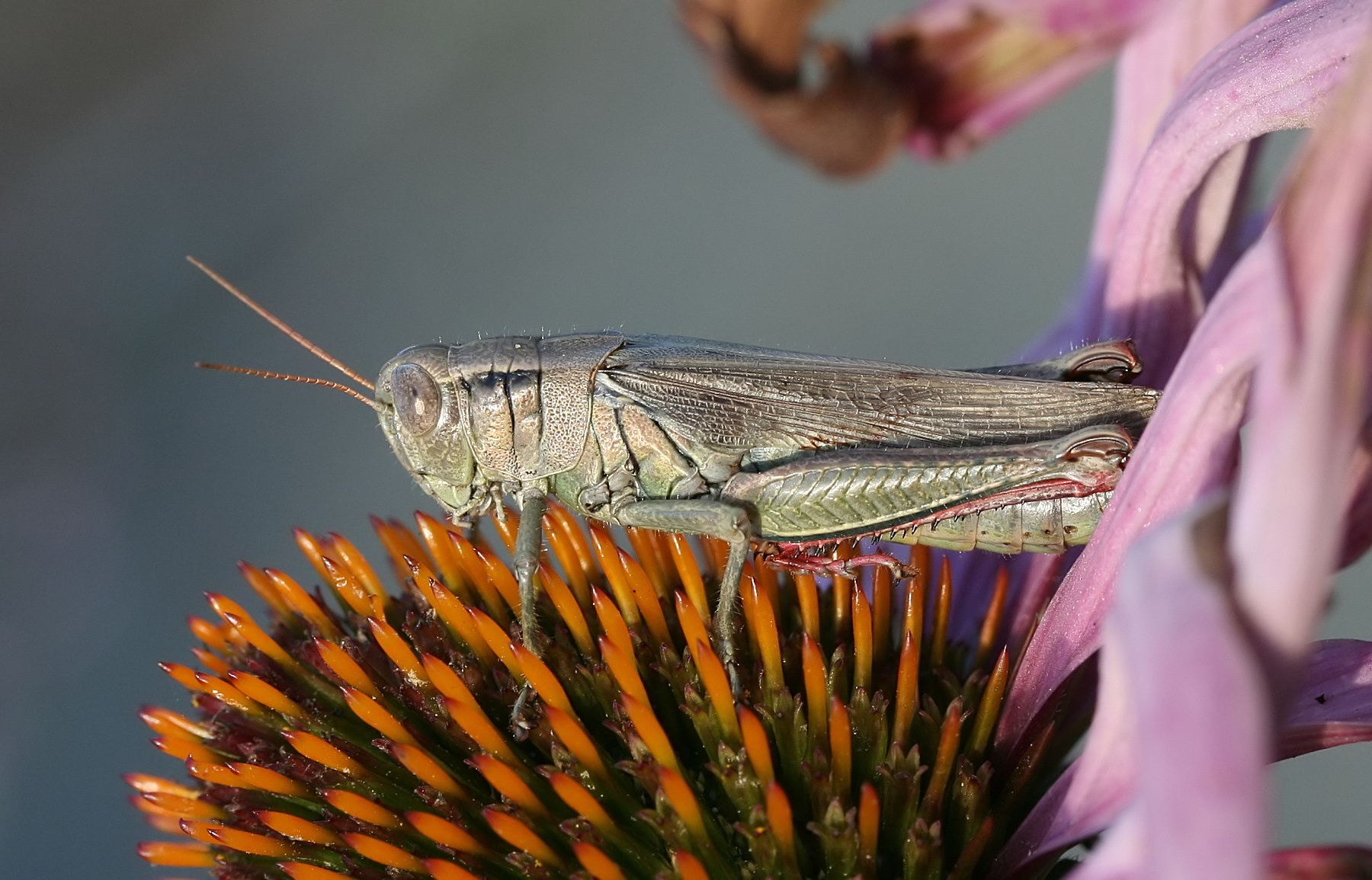|
Gymnoscirtetes Pusillus
''Gymnoscirtetes pusillus'', the little wingless grasshopper, is a species of spur-throated grasshopper in the family Acrididae The AcrididaeMacLeay WS (1821) ''Horae Entomologicae or Essays on the Annulose Animals'' 2 are the predominant family of grasshoppers, comprising some 10,000 of the 11,000 species of the entire suborder Caelifera. The Acrididae are best known bec .... It is found in North America. References * Capinera J.L, Scott R.D., Walker T.J. (2004). ''Field Guide to Grasshoppers, Katydids, and Crickets of the United States''. Cornell University Press. * Otte, Daniel (1995). "Grasshoppers cridomorphaC". ''Orthoptera Species File 4'', 518. Further reading * Melanoplinae Taxa named by Samuel Hubbard Scudder {{melanoplinae-stub ... [...More Info...] [...Related Items...] OR: [Wikipedia] [Google] [Baidu] |
Samuel Hubbard Scudder
Samuel Hubbard Scudder (April 13, 1837 – May 17, 1911) was an American entomologist and paleontologist. He was a leading figure in entomology during his lifetime and the founder of insect paleontology in America. In addition to fossil insects, he was an authority on butterflies (Lepidoptera) and grasshoppers (Orthoptera). Biography Scudder was born on April 13, 1837, in Boston, Massachusetts, the son of Charles Scudder and Sarah Lathrop (Coit) Scudder. His father was a successful merchant, and both parents had Puritan roots dating back to the founding of the Massachusetts Bay Colony in the 1620s. He was raised in a strict Calvinist Congregational household.Leach (2013) One of his younger brothers, Horace Scudder, became a noted author and editor of the ''Atlantic Monthly'',Cockerell (1911) while his niece Vida Dutton Scudder was a writer and social activist. Scudder attended Boston Latin School, and then enrolled in Williams College in 1853 at the age of 16. He studied with na ... [...More Info...] [...Related Items...] OR: [Wikipedia] [Google] [Baidu] |
Acrididae
The AcrididaeMacLeay WS (1821) ''Horae Entomologicae or Essays on the Annulose Animals'' 2 are the predominant family of grasshoppers, comprising some 10,000 of the 11,000 species of the entire suborder Caelifera. The Acrididae are best known because all locusts (swarming grasshoppers) are of the Acrididae. The subfamily Oedipodinae is sometimes classified as a distinct family Oedipodidae in the superfamily Acridoidea. Acrididae grasshoppers are characterized by relatively short and stout antennae, and tympana on the side of the first abdominal segment. Subfamilies The ''Orthoptera Species File'' (September 2021) lists the following subfamilies of Acrididae. The numbers of genera and species are approximate and may change over time. # Acridinae MacLeay, 1821 (140 genera, 470 species), Worldwide: temperate and tropical # Calliptaminae Jacobson, 1905 (12 genera, 90 species), Africa, Europe, Asia # Caryandinae Yin & Liu, 1987 (3 genera, 100 species), Africa, Asia ## ''C ... [...More Info...] [...Related Items...] OR: [Wikipedia] [Google] [Baidu] |
Melanoplinae
The Melanoplinae are a subfamily of grasshoppers in the family Acrididae. They are distributed across the Holarctic and Neotropical realms. They are one of the two largest subfamilies in the Acrididae. As of 2001 the Melanoplinae contained over 800 species in over 100 genera, with more species being described continuously. Tribes and Genera The genera of the Melanoplinae are classified in 6 tribes, that include: Conalcaeini (Nearctic), Dactylotini (Nearctic), Dichroplini (mostly Neotropical), Jivarini (Neotropical), Melanoplini and Podismini (synonym Prumnini). These genera belong to the subfamily Melanoplinae: * ''Aeoloplides'' Caudell, 1915 * ''Agnostokasia'' Gurney & Rentz, 1964 * ''Agroecotettix'' Bruner, 1908 * ''Aidemona'' Brunner, 1893 * '' Akamasacris'' Cigliano & Otte, 2003 * '' Anepipodisma'' Huang, 1984 * '' Apacris'' Hebard, 1931 * ''Appalachia'' Rehn & Rehn, 1936 * ''Aptenopedes'' Scudder, 1877 * '' Argemiacris'' Ronderos, 1978 * '' Asemoplus'' Scudder, 18 ... [...More Info...] [...Related Items...] OR: [Wikipedia] [Google] [Baidu] |

